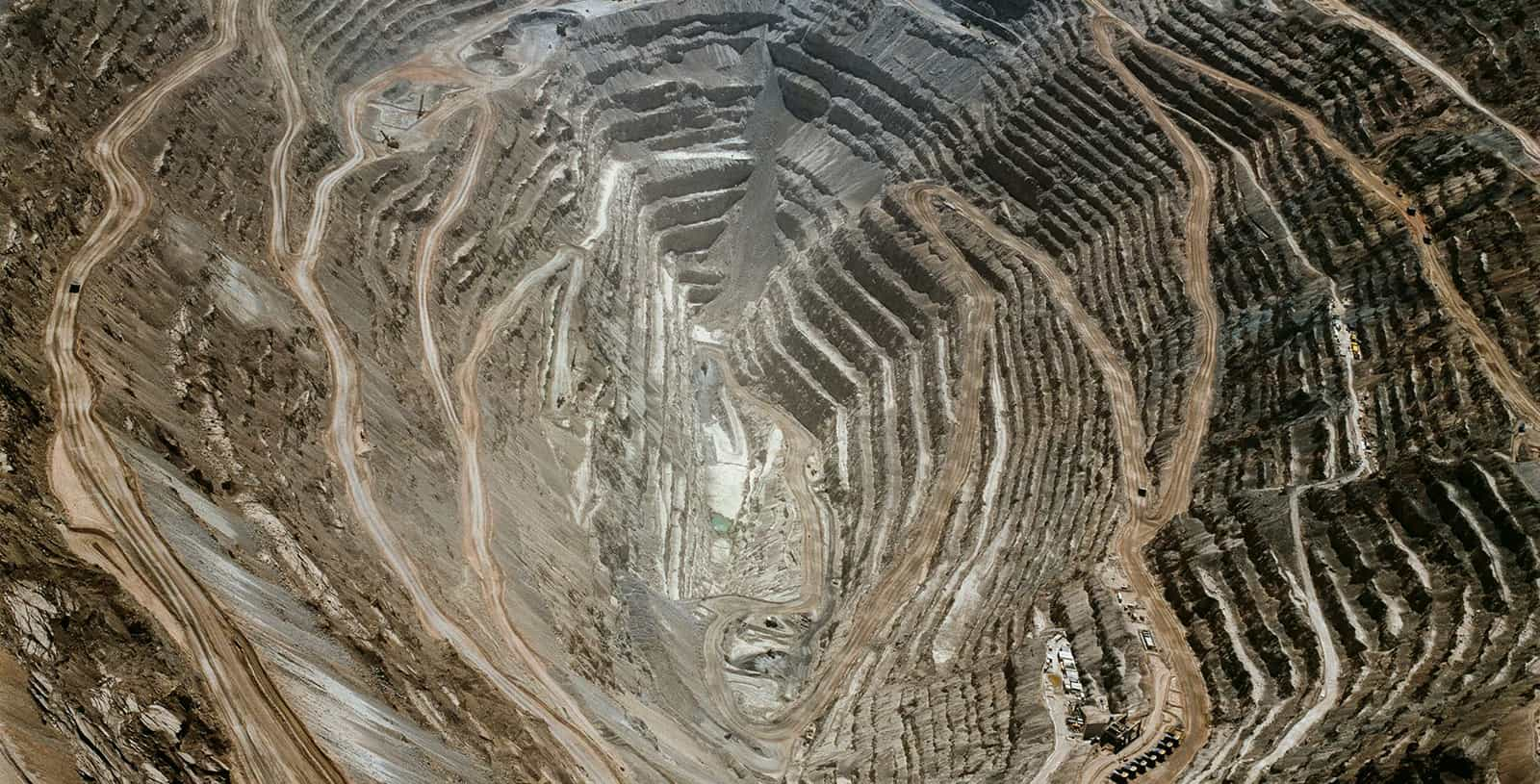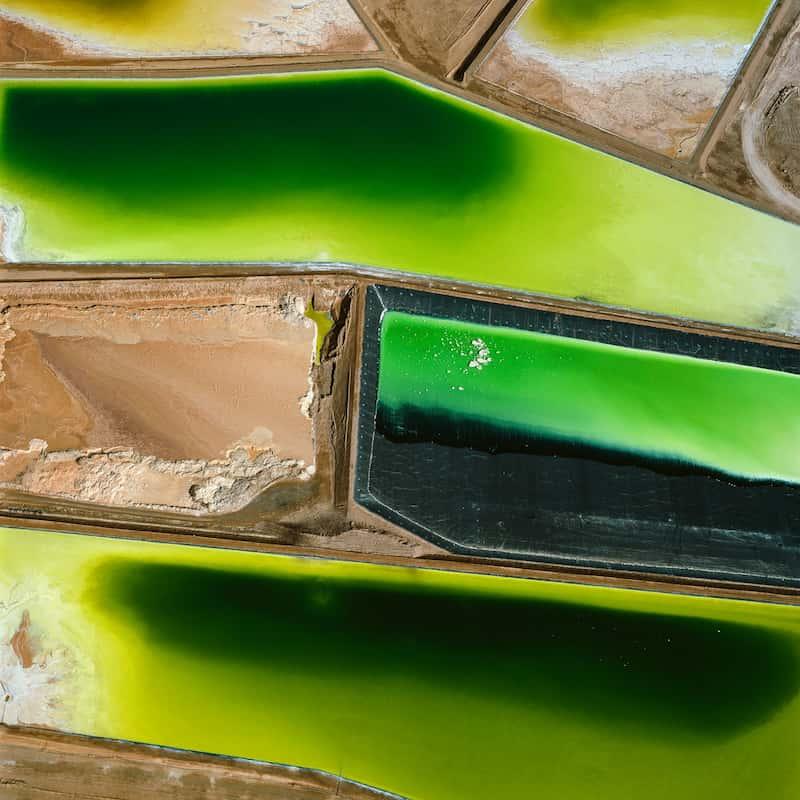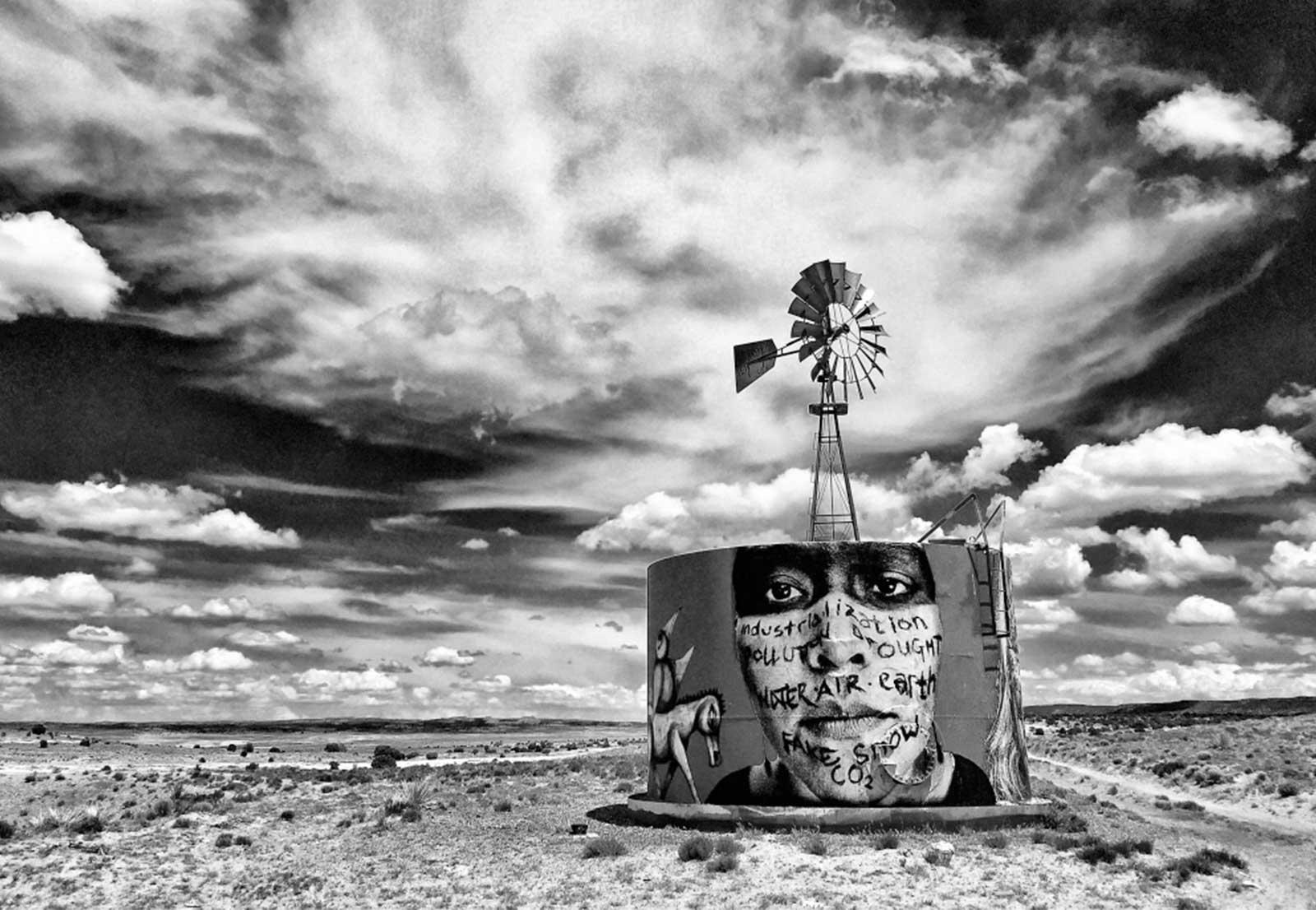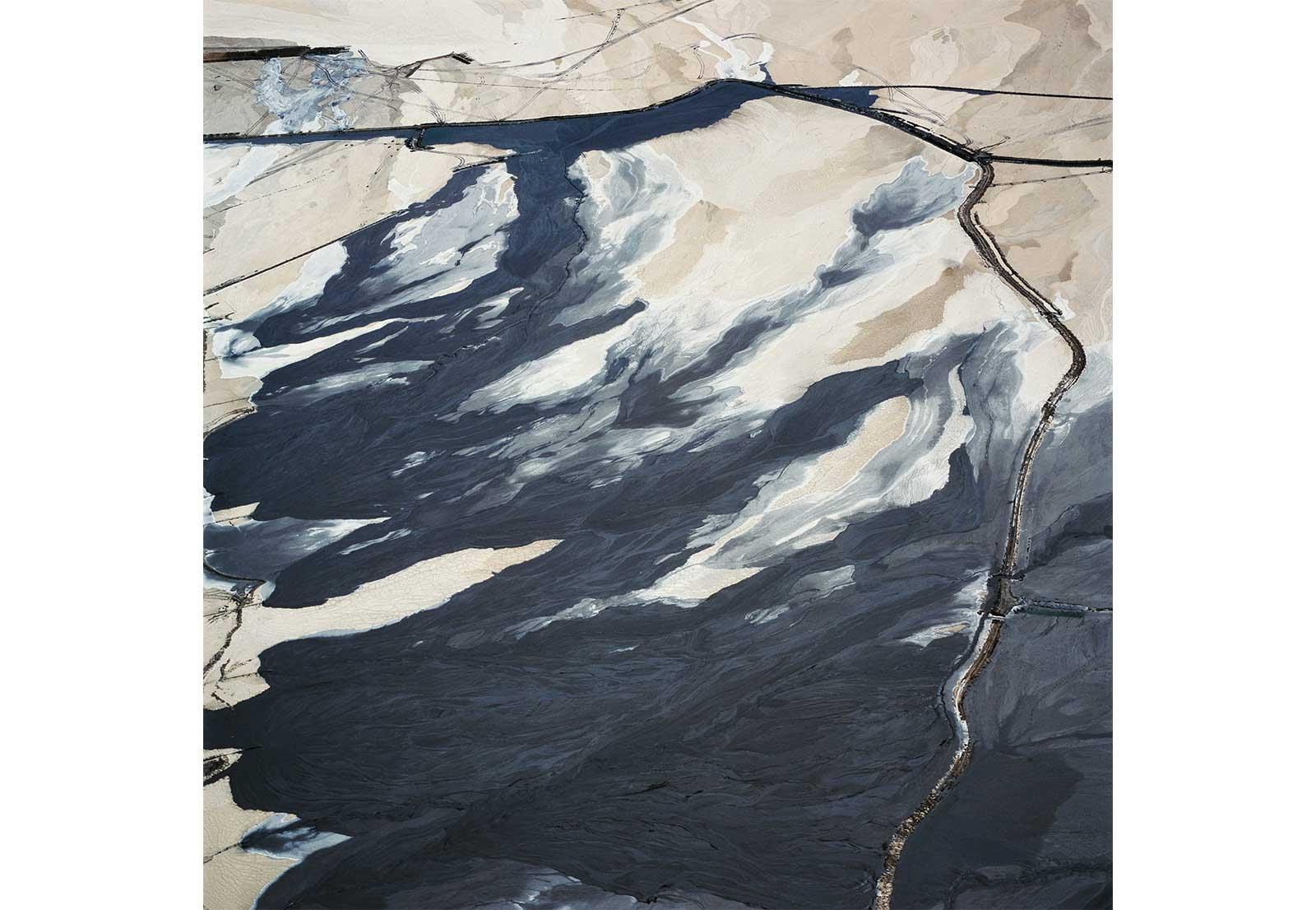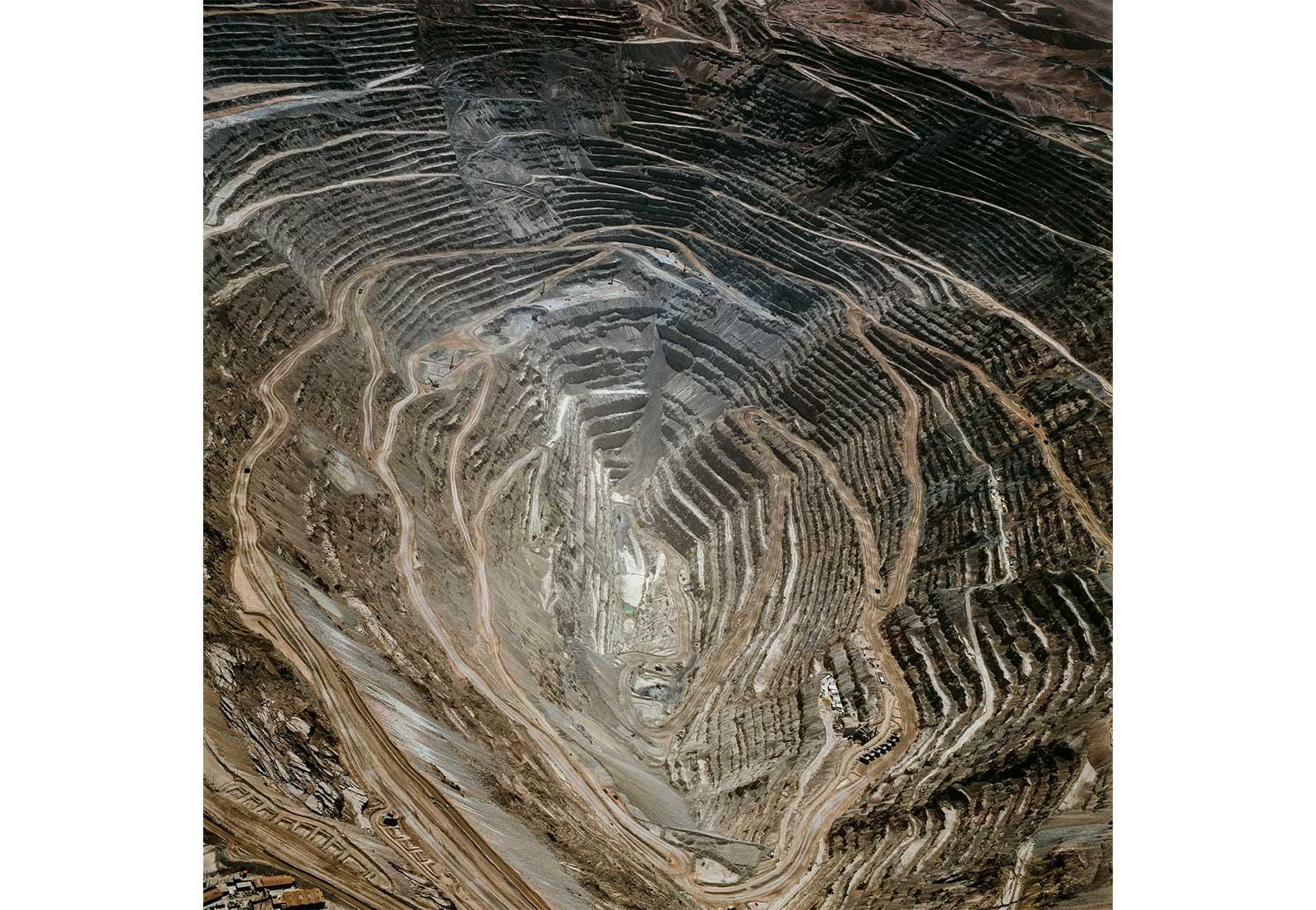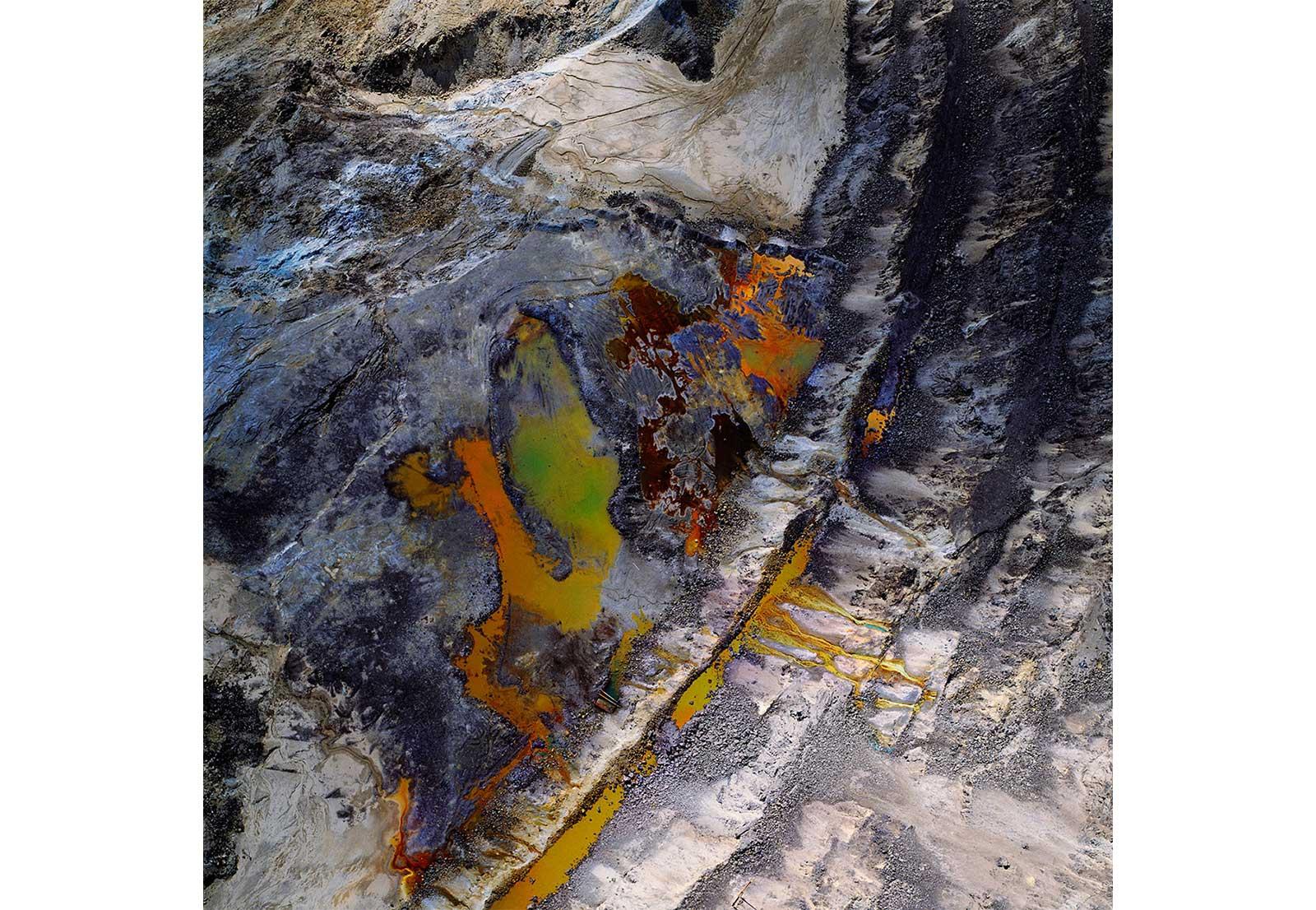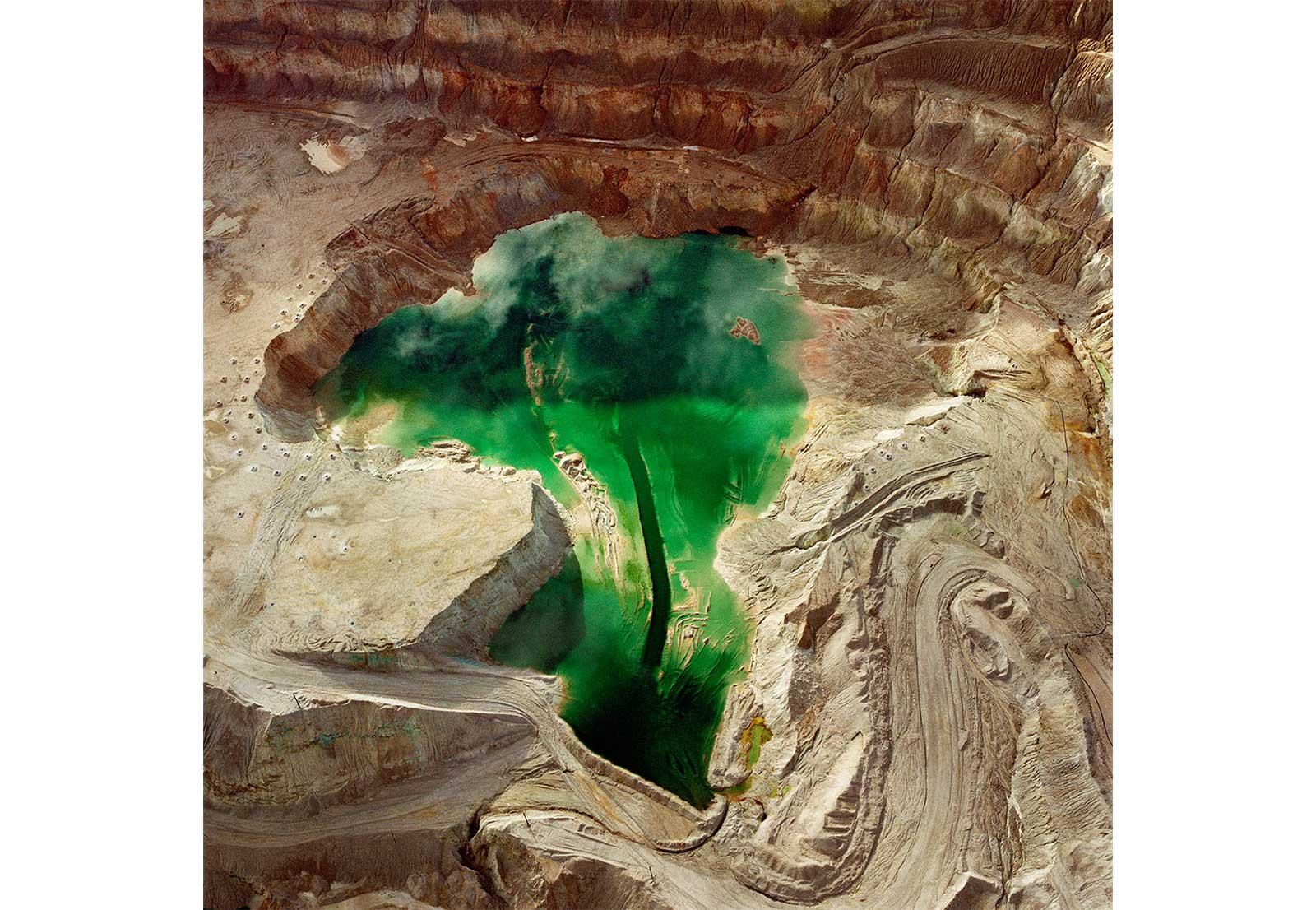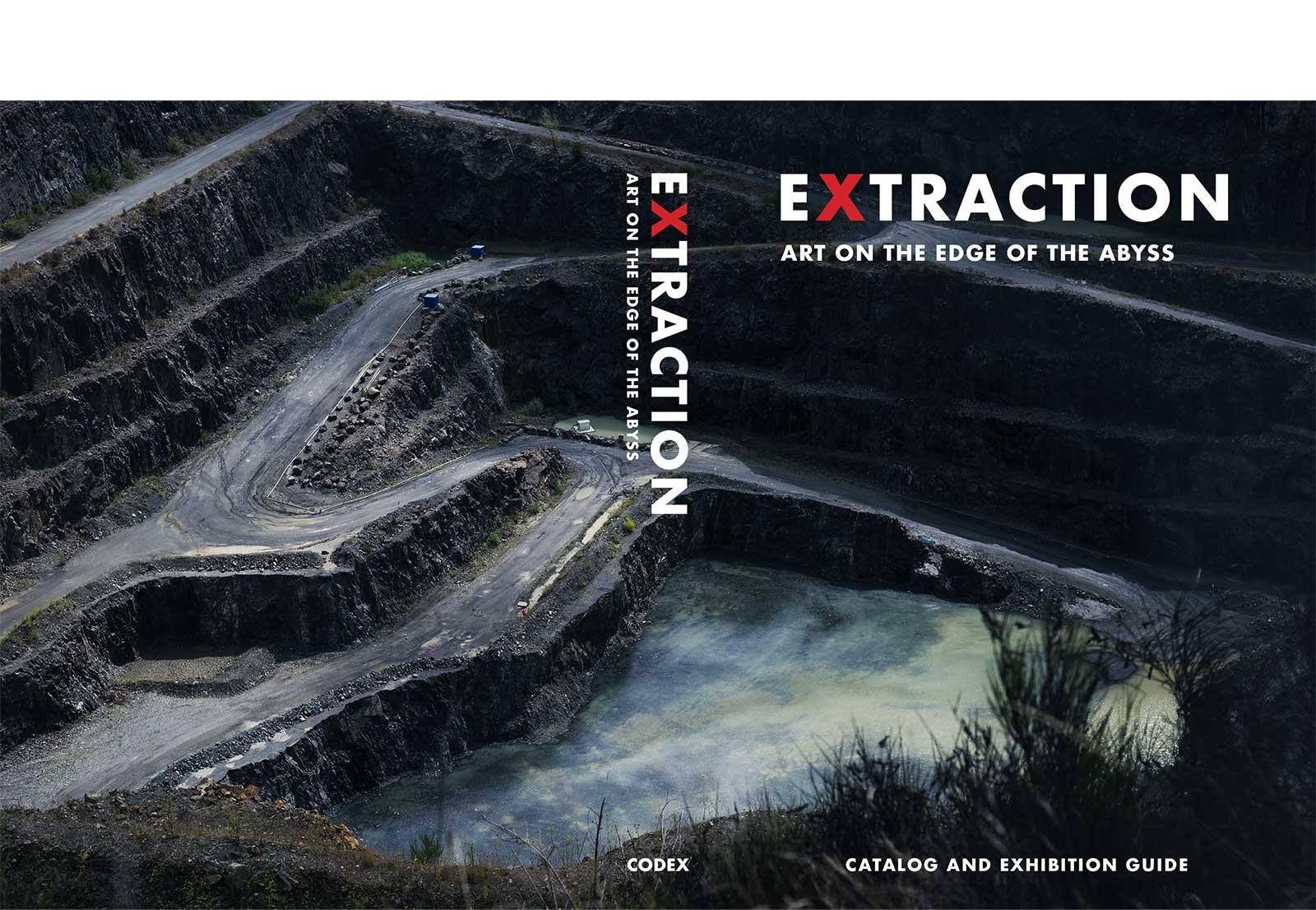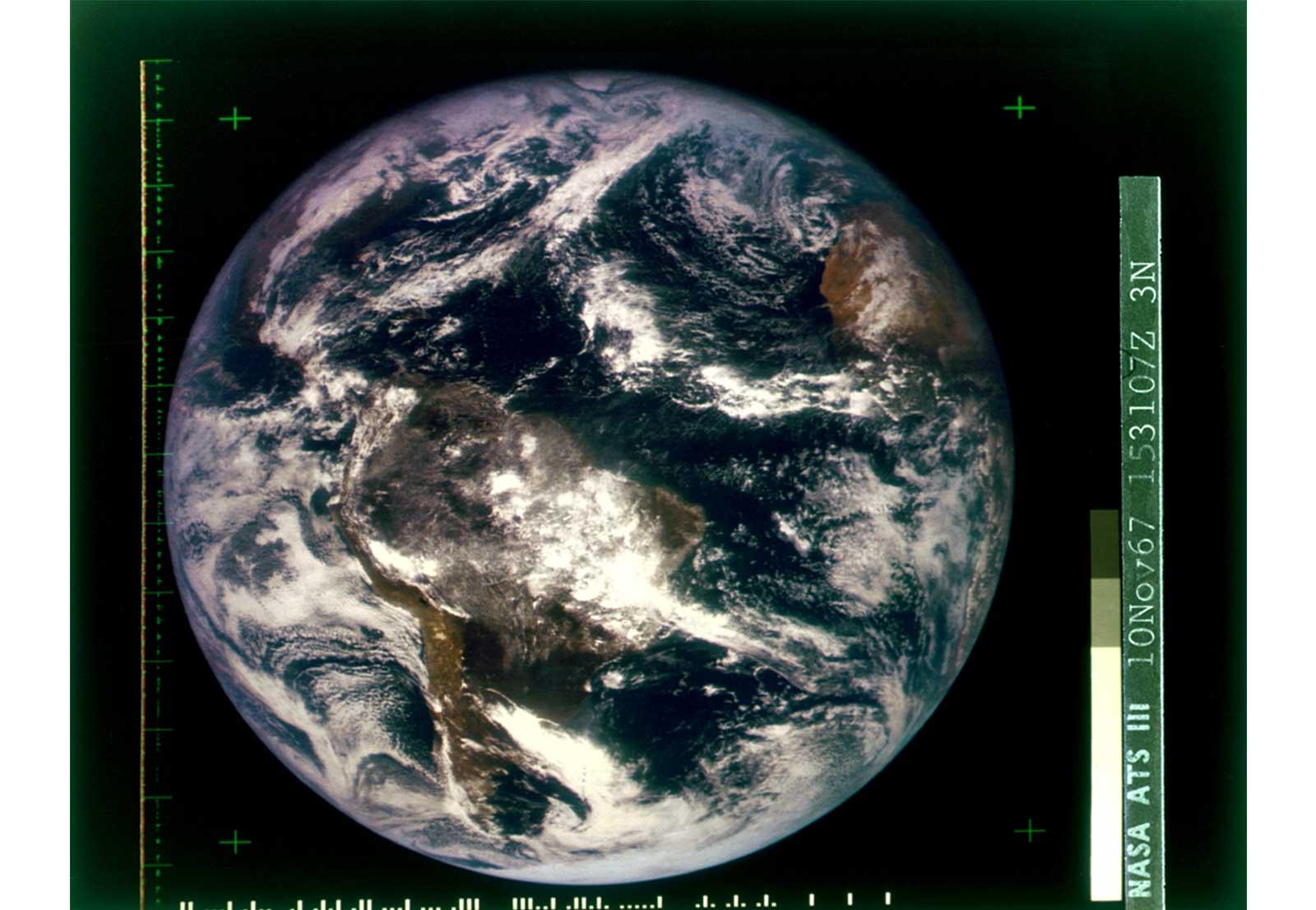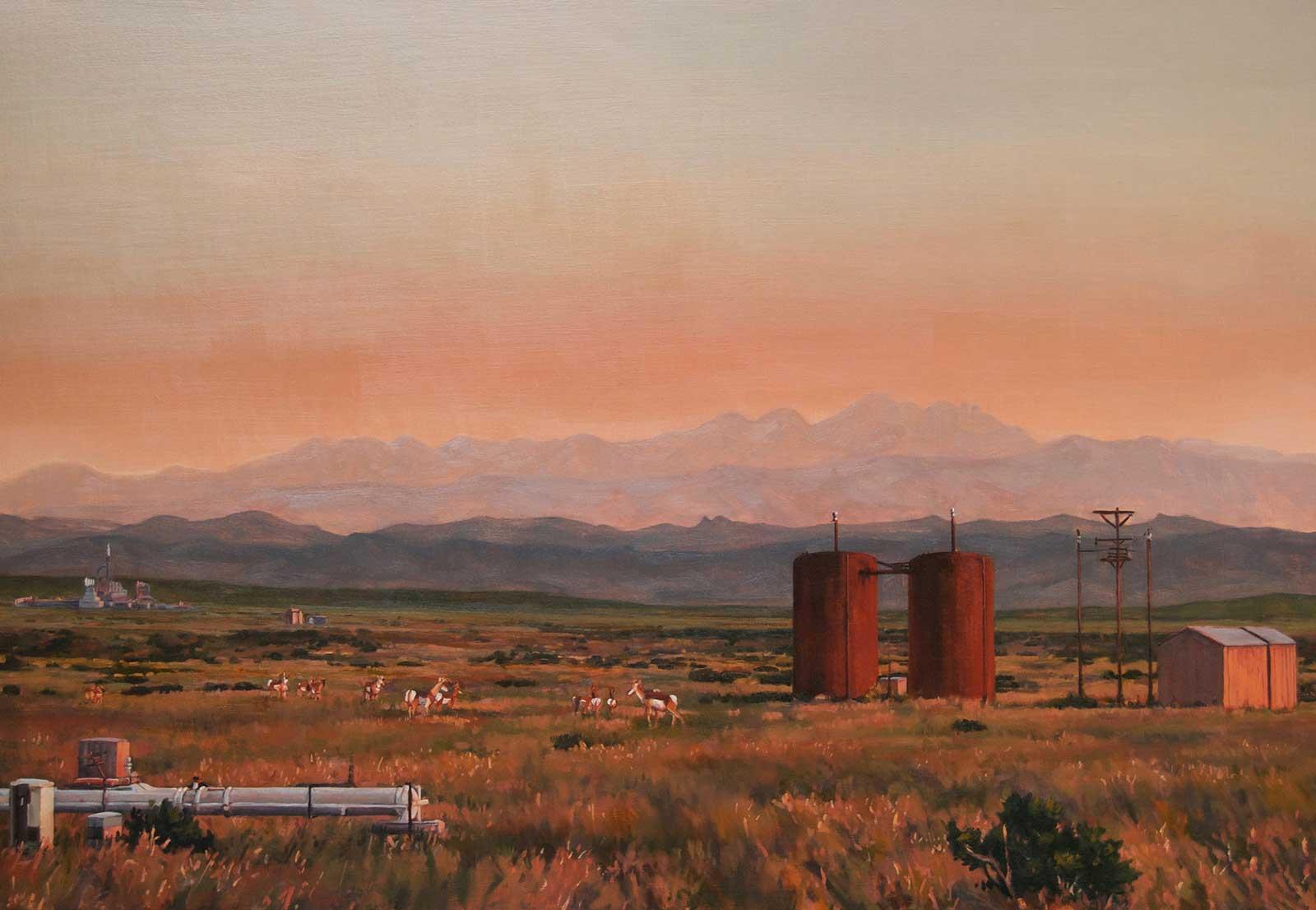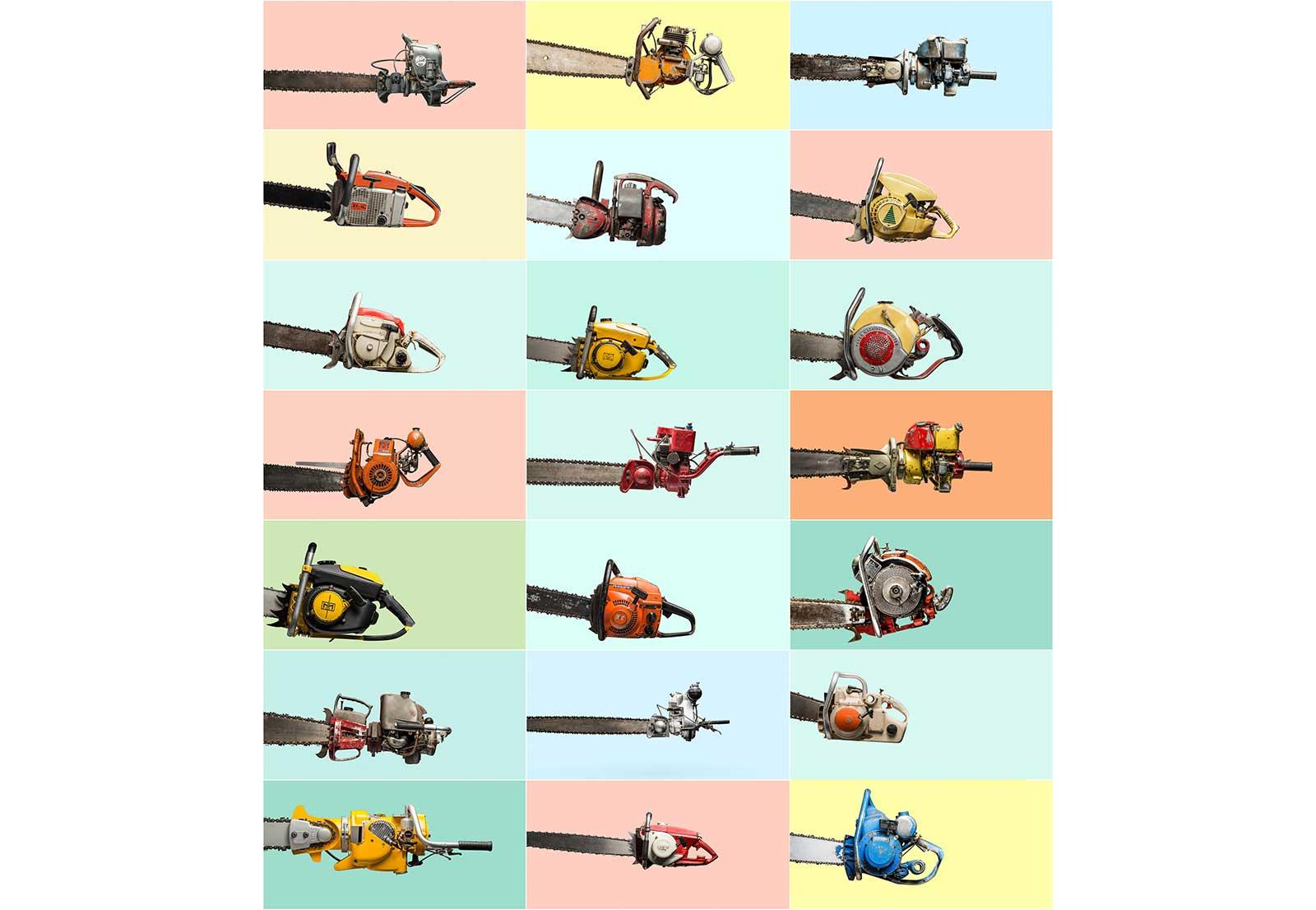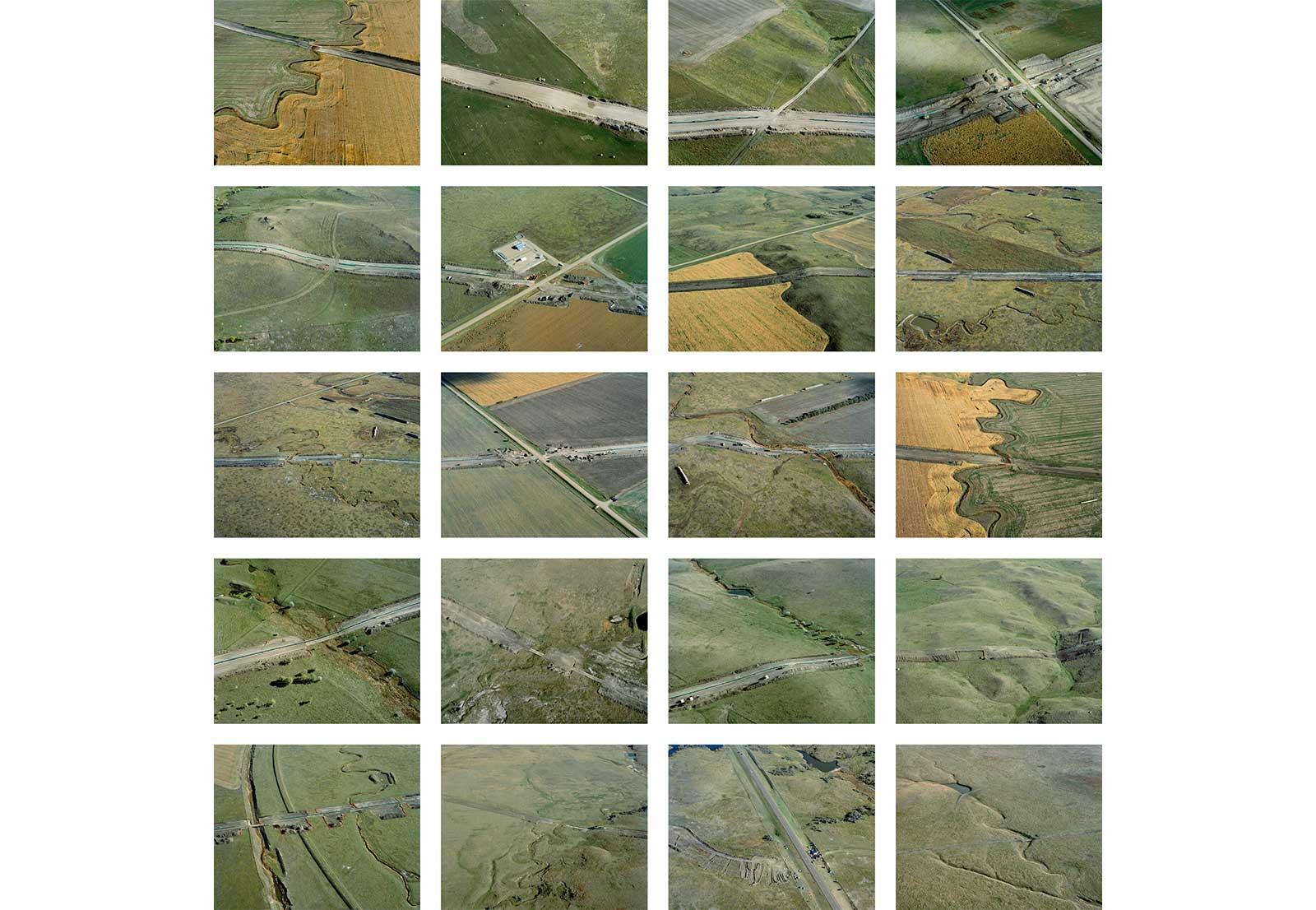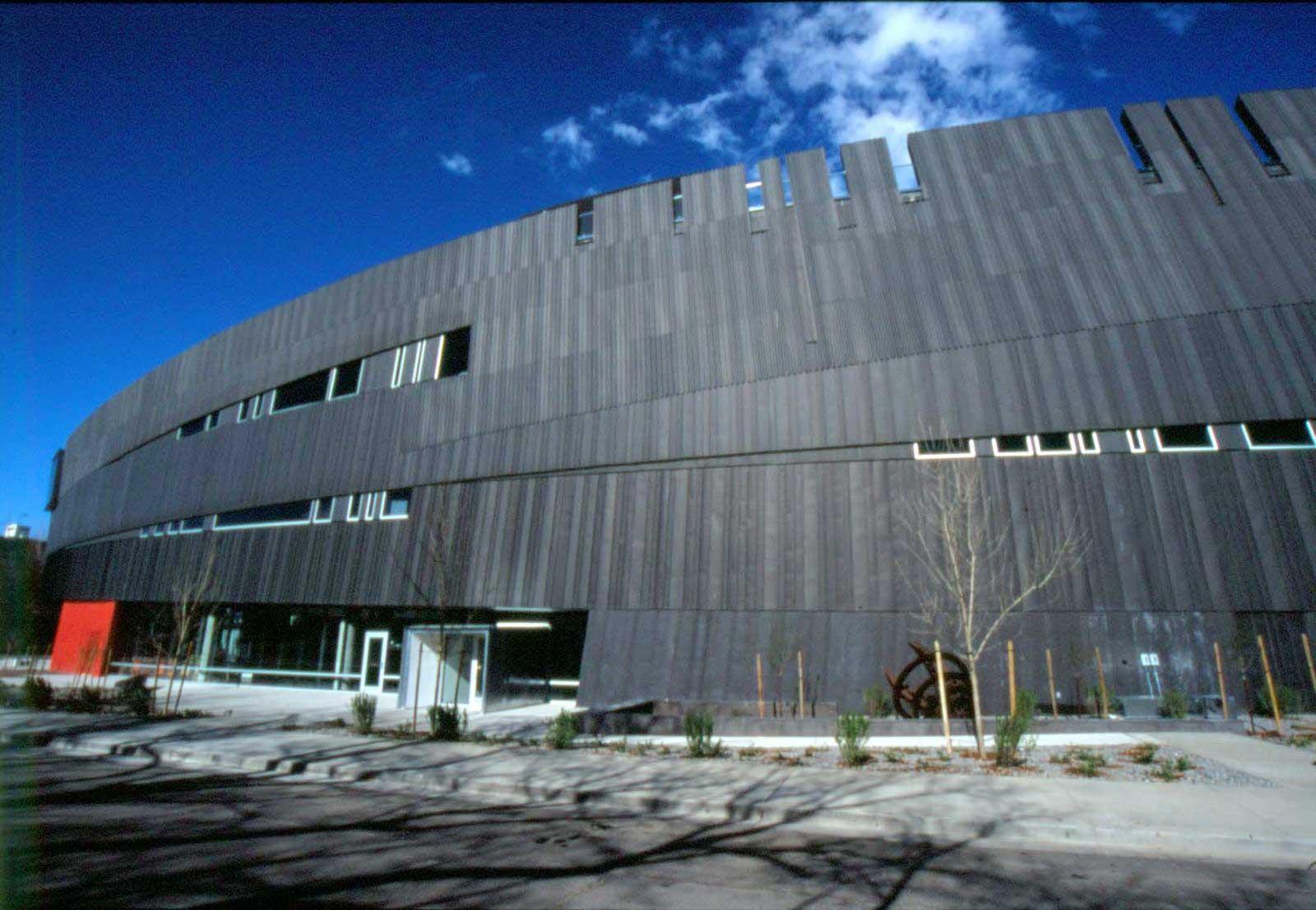Natural and unnatural disasters have been the source of inspiration for artists since Mount Vesuvius erupted covering the southern Italian city of Pompeii with ash in 79 AD and perhaps, even earlier. Beauty can be found amidst destruction and artists are uniquely positioned to see connections and create order when others only find chaos. But there is a gulf between seducing us with the patterns found in the ruins of environmental degradation and the enlightenment that must precede the action to do something about it. Extraction, Art on the Edge of the Abyss is a global consortium of artists, galleries, museums, and environmental activists that intend to bridge that gulf.
As the effects of climate change become increasingly undeniable, the impacts; polluted ground water, frequent floods interspersed with longer droughts, never ending wildfires, bigger and more catastrophic storms; are being driven in large part by extraction technologies removing vast amounts of resources from the earth. To maintain our consumer-based culture we must acquire our fuel and precious minerals necessary for anything requiring a computer chip by digging or pumping or flushing or exploding vast areas, leaving scars on the land like open wounds.
Photographer David Maisel, who has made natural resource extraction and its consequences his focus for nearly thirty years, is one of the more than 500 artists included in the Extraction, Art on the Edge of the Abyss. He shows us what environmental devastation looks like. His series Desolation Desert on the transformation of Chile’s vast Atacama Desert into an unworldly landscape is both painterly and horrifying.




